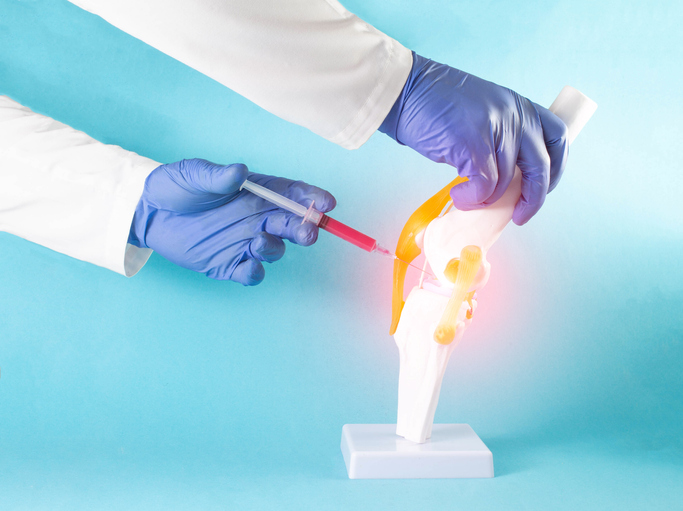
Since the concept of platelet-rich plasma (PRP) treatment was first developed in the 1970s, the regenerative treatment approach has significantly grown in popularity. Today, healthcare professionals and patients alike are raving about its effectiveness in addressing various medical problems.
In the field of orthopedics, PRP treatment is becoming a widely used option for the conservative treatment or management of a vast range of musculoskeletal problems, among the most common of which is osteoarthritis (also known as wear-and-tear arthritis). Mounting research evidence has demonstrated the efficacy of PRP treatment in providing symptom relief for osteoarthritis, which commonly affects the weight-bearing joints of the body, such as the knee.
Read on to learn more about the benefits of PRP treatment for knee osteoarthritis.
Benefits of PRP Treatment for Knee Osteoarthritis
Experts have touted PRP treatment to be better than cortisone shots in addressing the symptoms of knee arthritis, namely pain, stiffness, and swelling. Unlike cortisone shots that only mask the pain and provide temporary relief, PRP treatment has the potential to provide a long-term solution for knee arthritis. Experts ascribe this to the anti-inflammatory properties and the ability of platelet-rich plasma to boost tissue regeneration and formation of new cartilage as well as promote the production of the thick fluid that lubricates the joints known as the synovial fluid.
In a study published in 2013, patients living with knee osteoarthritis who received PRP treatment reported significant symptom relief up to six months. Moreover, there have been other studies that suggest that PRP treatment can provide symptom relief for up to nine months, but the range of time that the treatment is effective hinges on several factors.
To maximize the benefits of PRP treatment, you will likely need two to three sessions administered within a six-month timeframe.
Since PRP treatment is derived from your own blood, it carries virtually no risk of rejection or allergic reaction, and therefore is very safe. Side effects of PRP therapy, which are very minor and expected to subside within a few days, include bruising, swelling, and redness.
PRP Treatment in Austin, TX
At All-Star Orthopedics, Dr. Carolyn Hyde, our board-certified orthopedic expert, believes in the importance of leveraging the body’s natural healing ability. She utilizes PRP treatment and stem cell therapy, and many other innovative and proven effective treatment options to manage or even reverse a gamut of musculoskeletal problems—including knee arthritis.
To learn more about PRP treatment, particularly if it is the suitable option for your condition, arrange an appointment with Dr. Hyde today. Call our friendly staff at (512) 346-4933, or simply fill out this secure appointment request form, and we will get in touch with you as soon as possible to schedule your consultation.





